After two days in Greece, we moved on to Türkiye (Turkey), a country with a unique geographic position and an incredible history. It is partly in Europe and partly in Asia. A ferry shuttles between the two; it’s about a half hour ride. Most of the land mass is in Asia but most of the population is in Europe.
Before arriving in Turkey we studied some of its history, but it is a LOT to absorb; parts of Turkey have been inhabited by humans for about 12,000 years. We did our best to see Ephesus and Istanbul, but 3 days is hardly enough.
Ephesus and Mary’s House
Ephesus (as in Paul’s Epistle to the Ephesians) was a major port city for the Romans in the first century AD. When silt in the river made the port less accessible, Ephesus was moved inland.
Before exploring well-preserved ruins from the Roman era, we had an early morning visit to the house near Ephesus where the Blessed Virgin Mary was believed to live after the death of Christ. The stone house, located in a large national park, is a simple 2-room structure which now houses a chapel. The morning was serene and the atmosphere very spiritual. It was a beautiful way to start our exploration of Turkey.
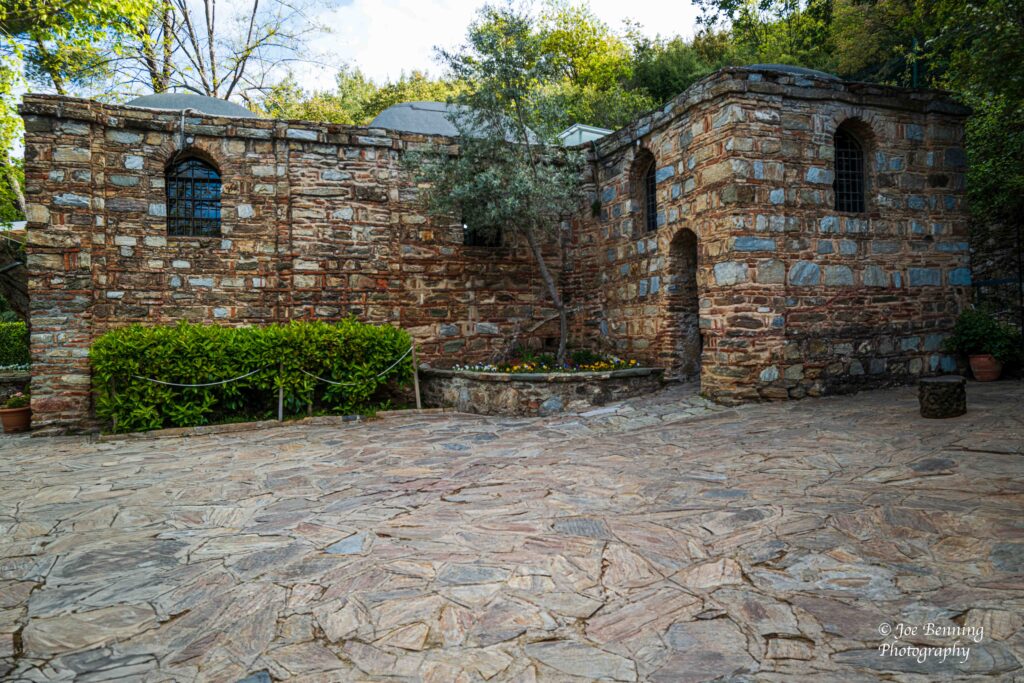
We moved on to the remains of the Roman city of Ephesus, walking around well-preserved structures (or parts of them) – the Library, the Odeon, the Temple of Hadrian, the Theater and the Agora.
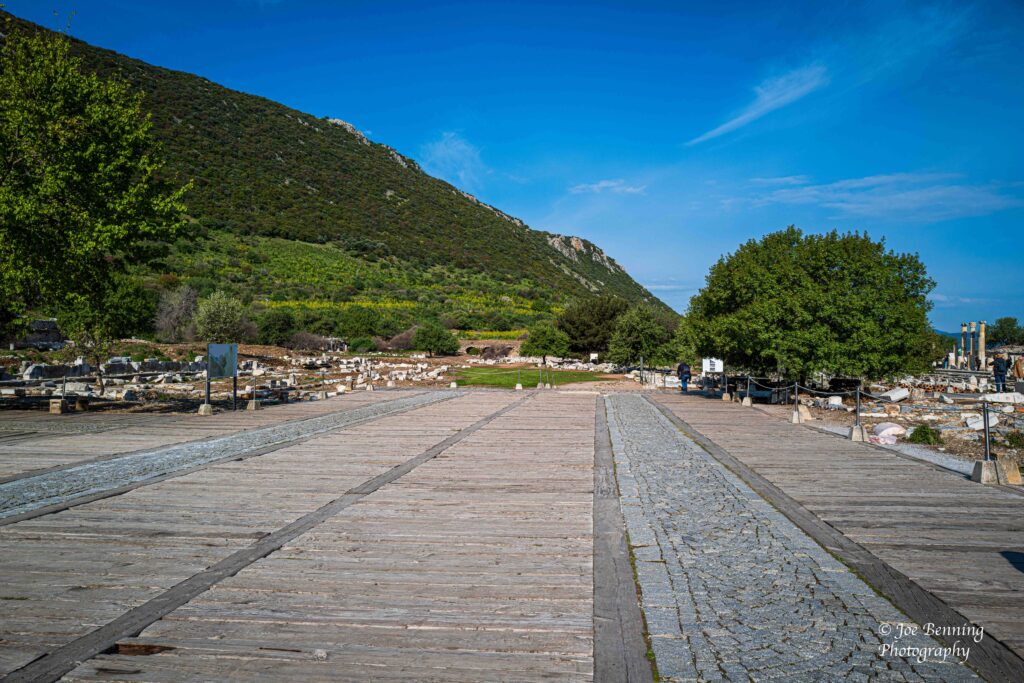
Excavation in this area is quite recent, and approximately 20% of the old City center is now open to the public. There were virtually no limits on accessing the works – you can climb around and stand on pedestals or walk up the steps and enter what is left of the library.

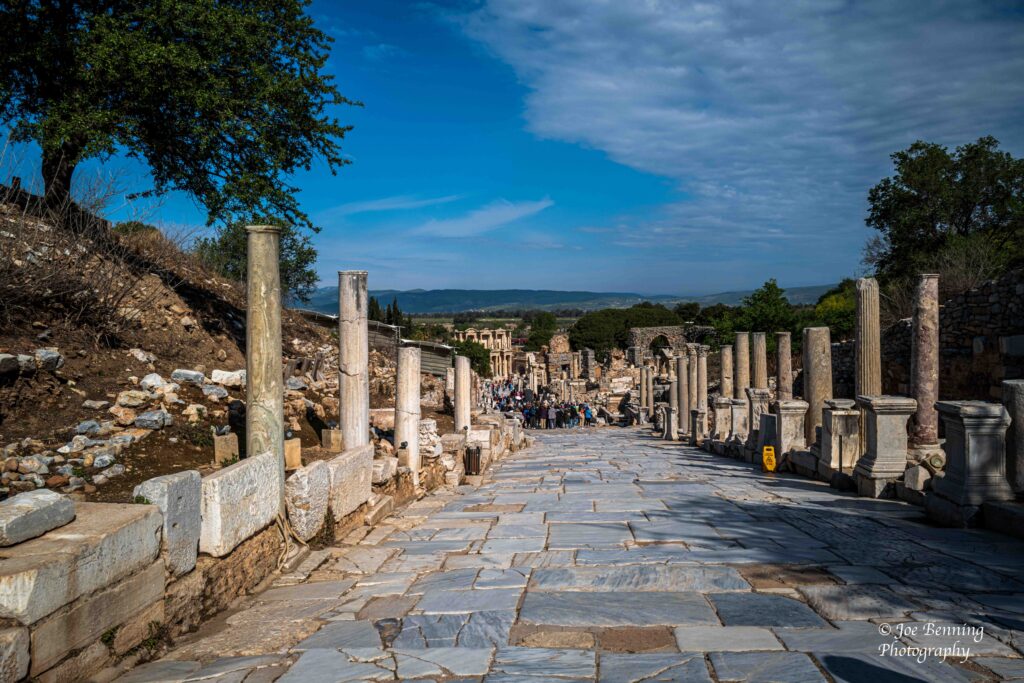
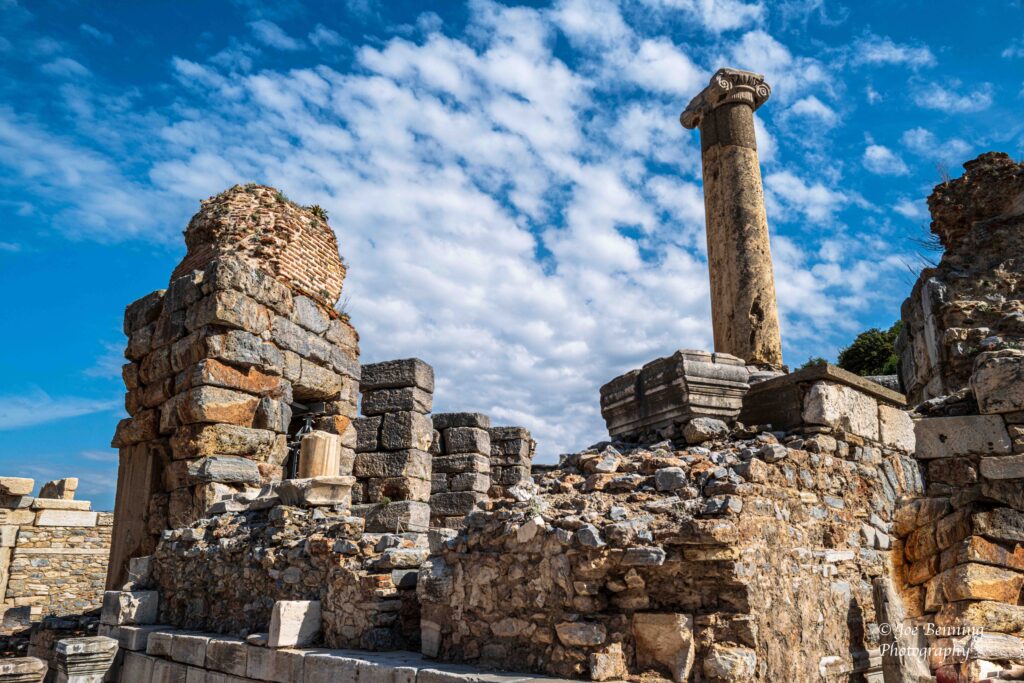
The Ephesians were masters when it came to water and sewers – clay pipes of various sizes allowed for different water pressure, and marble or stone enclosures ensured that when the pipes met at a right angle, the pressure did not cause any cracks. The public health was enhanced by a public latrine system that used running water to remove waste. Very ingenious, those Romans.
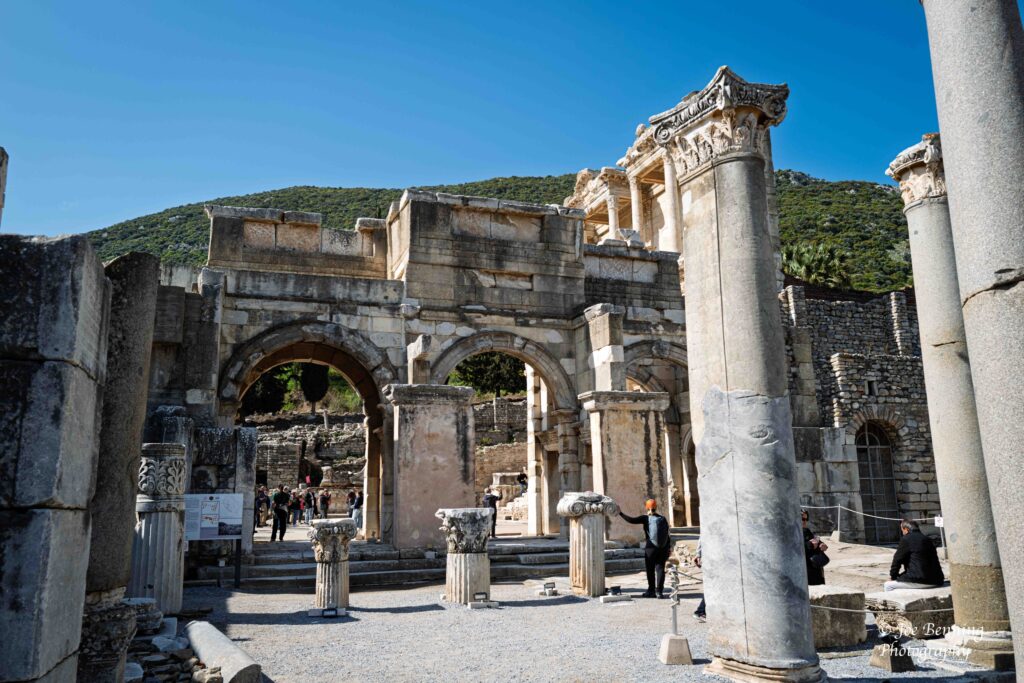
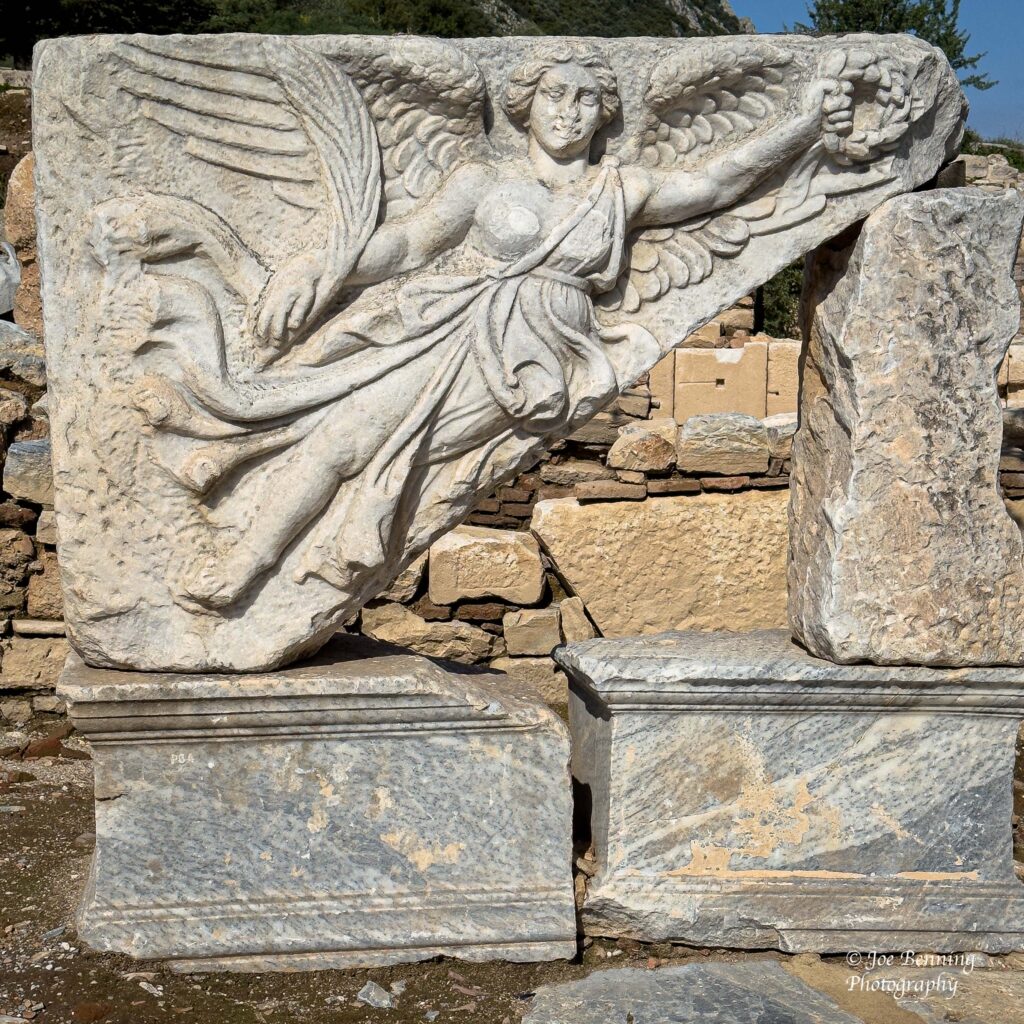
Next stop: Istanbul
MAM & JFB
